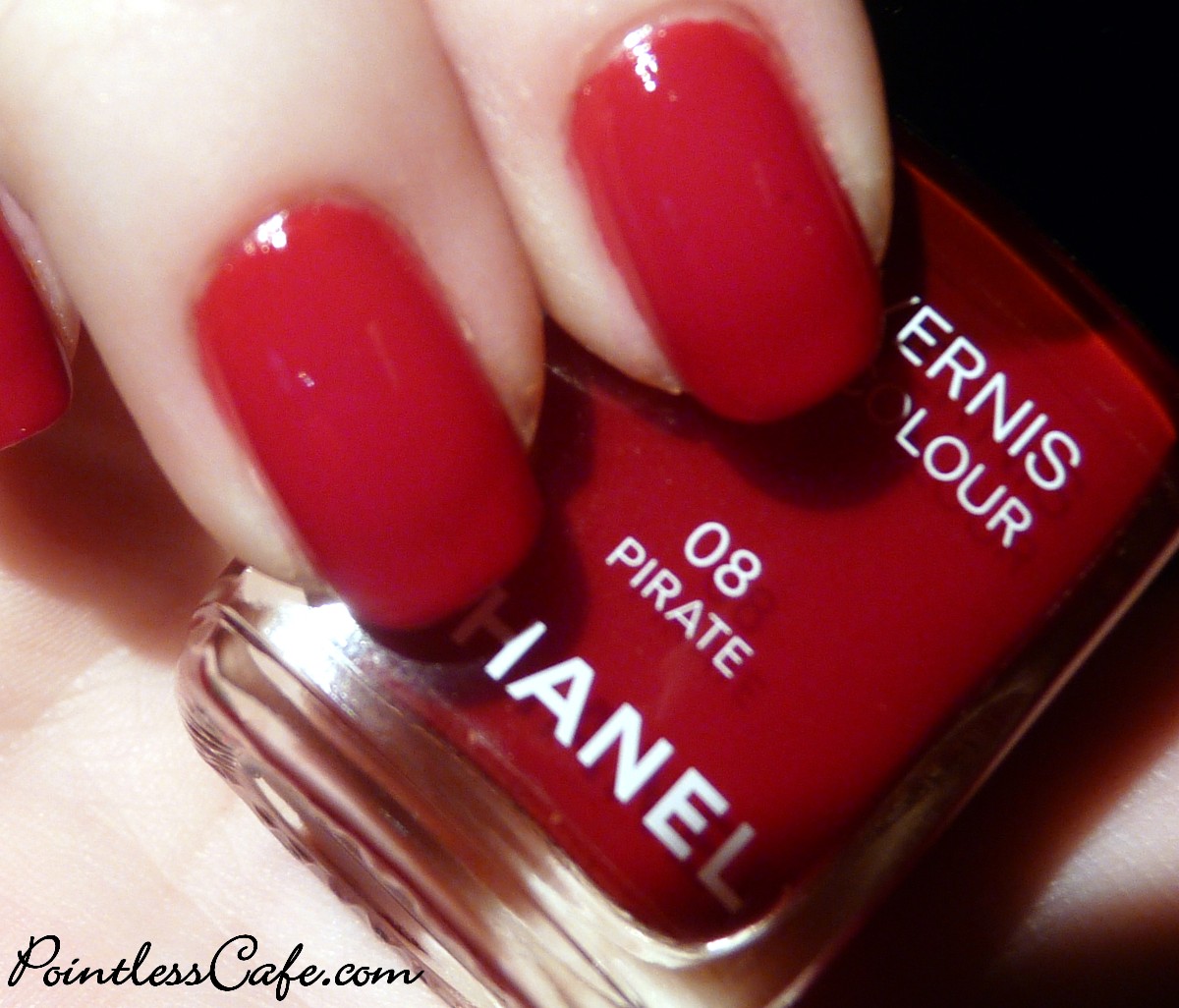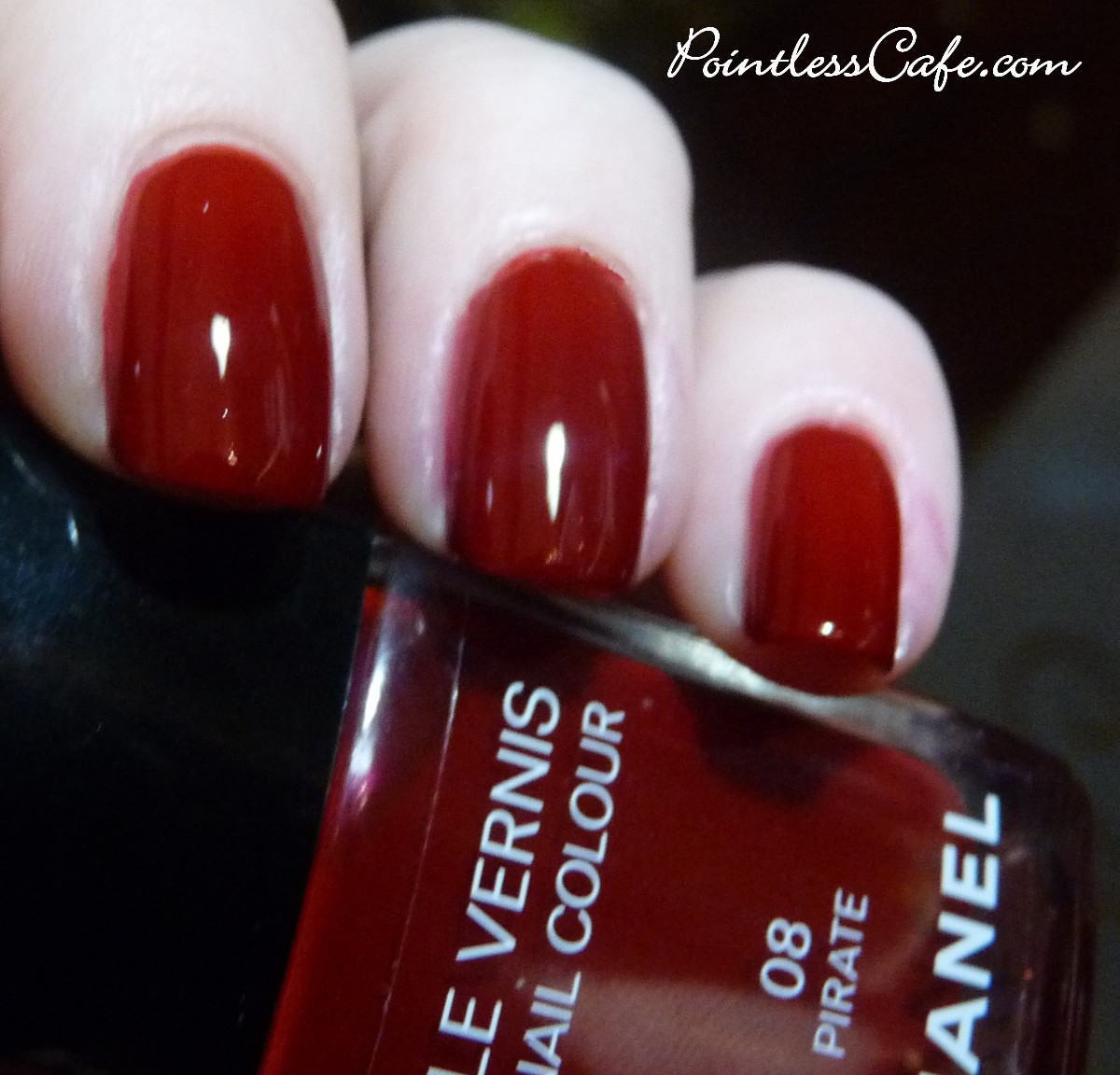The world of fashion has always been a playground for creativity, rebellion, and innovation, but few names evoke the same sense of intrigue and audacity as "pirate chanel." A term that blends the mystique of piracy with the iconic legacy of Chanel, it has become synonymous with a unique subculture that challenges conventions while paying homage to one of the most influential fashion houses in history. From its origins to its lasting impact, pirate chanel stands as a testament to the power of reinvention and the allure of the unconventional.
Over the years, "pirate chanel" has evolved into a phrase that sparks curiosity and conversation. Whether it's about the bold reinterpretation of classic Chanel designs, the underground movements that have embraced its ethos, or the controversies surrounding its name, pirate chanel continues to captivate audiences worldwide. It's more than just a concept; it's a cultural phenomenon that bridges the gap between high fashion and rebellious artistry. This intricate blend of couture and counterculture has left an indelible mark on fashion enthusiasts, creatives, and trendsetters alike.
In this comprehensive article, we’ll delve into the fascinating world of pirate chanel, exploring its origins, influences, and the reasons behind its enduring appeal. With detailed insights into its history, cultural significance, and how it continues to inspire new generations, this piece will provide a complete understanding of why pirate chanel remains a topic of fascination. Whether you’re a fashion aficionado or simply curious about the term, this article promises to be an engaging and enlightening read.
Table of Contents
- Biography of Pirate Chanel
- What Is Pirate Chanel?
- The Origins of Pirate Chanel
- How Did Pirate Chanel Influence Fashion?
- Cultural Impact of Pirate Chanel
- Pirate Chanel and Controversy
- The Creative Process Behind Pirate Chanel
- Is Pirate Chanel Still Relevant Today?
- How to Spot Authentic Pirate Chanel?
- Pirate Chanel in Pop Culture
- The Business of Pirate Chanel
- How Does Pirate Chanel Inspire New Designers?
- Pirate Chanel and Sustainability
- Frequently Asked Questions
- Conclusion
Biography of Pirate Chanel
The term "pirate chanel" doesn’t refer to a specific person but instead represents a concept that has taken on a life of its own. However, to understand its essence, one must explore the legacy of Coco Chanel, the legendary designer who revolutionized women’s fashion in the 20th century. While "pirate chanel" diverges significantly from the refined elegance of Chanel's original vision, it also embodies her spirit of defiance and innovation.
Personal Details and Bio Data of Coco Chanel
| Full Name | Gabrielle Bonheur "Coco" Chanel |
|---|---|
| Birth Date | August 19, 1883 |
| Birthplace | Saumur, Maine-et-Loire, France |
| Occupation | Fashion Designer, Businesswoman |
| Known For | Founder of the Chanel brand, Iconic fashion innovations |
| Death | January 10, 1971 |
Coco Chanel's influence on pirate chanel may seem indirect, but her daring approach to breaking fashion norms has undoubtedly shaped its ethos. By juxtaposing the sophistication of Chanel’s designs with the rebellious imagery of piracy, pirate chanel reflects a unique blend of tradition and subversion.
What Is Pirate Chanel?
At its core, pirate chanel is an amalgamation of two contrasting worlds: the high-fashion elegance synonymous with Chanel and the gritty, anti-establishment aura of piracy. This fusion has given rise to a distinctive aesthetic that combines luxury with edge, refinement with rebellion. But what exactly does the term signify, and how did it come to be?
Defining the Concept
Pirate chanel is not an official collection or brand but rather a cultural reference that has emerged within niche fashion circles. It represents a reinterpretation of Chanel’s iconic designs through a lens of unconventionality, often incorporating elements like distressed fabrics, bold accessories, and an overall rugged aesthetic. Think Chanel tweed jackets paired with leather boots, oversized hoop earrings, and skull motifs.
The term has also been used metaphorically to describe counterfeit Chanel products, though this interpretation is less flattering and often criticized within the fashion industry. Nonetheless, the idea of pirate chanel has evolved to encompass a broader cultural and artistic movement.
The Origins of Pirate Chanel
The origins of pirate chanel are somewhat obscure, but its roots can be traced to the early 2000s when underground fashion movements began experimenting with the juxtaposition of luxury and rebellion. Influenced by punk, goth, and streetwear cultures, pirate chanel emerged as a counter-narrative to the exclusivity of high fashion.
Key Influences
- Punk and Goth Subcultures: The DIY ethos and rebellious spirit of these movements heavily influenced pirate chanel.
- Streetwear: The rise of streetwear in the late 1990s and early 2000s introduced a casual, edgy aesthetic that resonated with pirate chanel enthusiasts.
- Chanel’s Legacy: Coco Chanel’s revolutionary approach to fashion provided the foundation for pirate chanel’s reinterpretation of classic designs.
Through the years, pirate chanel has grown from a niche concept into a global phenomenon, inspiring countless designers, artists, and fashion enthusiasts.
How Did Pirate Chanel Influence Fashion?
Pirate chanel has had a profound impact on the fashion industry, challenging traditional notions of luxury and inspiring a new wave of creativity. By blending high-fashion elements with a rebellious edge, it has paved the way for innovative designs and collaborations.
Influence on Designers
Many contemporary designers have drawn inspiration from pirate chanel, incorporating its aesthetic into their collections. From distressed fabrics to unconventional silhouettes, the influence of pirate chanel can be seen in numerous runway shows and fashion campaigns.
Impact on Consumers
Pirate chanel has also resonated with consumers who appreciate its unique blend of sophistication and edge. It has fostered a sense of individuality and self-expression, encouraging people to embrace their personal style.
To be continued with further headings and subheadings...

